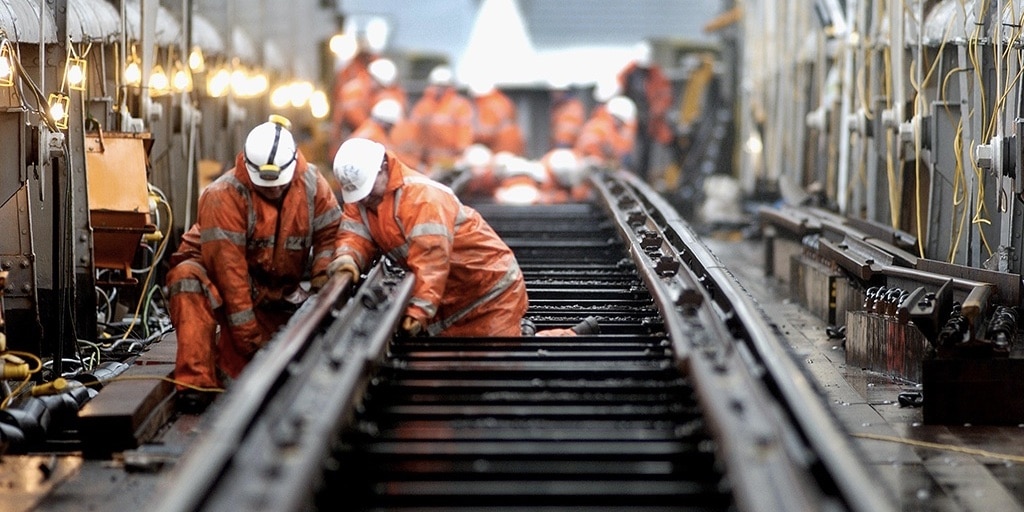The world of urban exploration is often filled with hidden gems and forgotten relics of the past. One such category that holds a captivating allure for enthusiasts is industrial railway sites. These locations, once hubs of activity and vital transportation links, now stand as haunting reminders of a bygone era. From abandoned factories to decaying train tracks, these industrial railway sites offer a glimpse into the history and evolution of industry and transport.
One notable site worth exploring is the Old Steel Mill Railway in Pittsburgh, Pennsylvania. Once a bustling steel mill, this site now lies silent and abandoned. The rusted train tracks wind their way through the overgrown vegetation, leading curious explorers to buildings that have long been stripped bare. Walking along these tracks feels like stepping back in time, imagining the days when trains carried molten steel from one end of the mill to another.
Moving across the Atlantic Ocean to Europe, we encounter another fascinating industrial railway site: Krampnitz Kaserne in Potsdam, Germany. This former military complex features an extensive network of rail lines that were used for various purposes during its operation. Explorers can wander through tunnels beneath towering brick structures and imagine soldiers working diligently on trains transporting supplies or troops during World War II.
In Manchester, England sits Mayfield Depot – an abandoned railway station turned cultural hub for urban explorers. This vast space was once a bustling transportation hub but has since fallen into disrepair after years of neglect. However, it has found new life as an exhibition space for artists eager to showcase their work within its atmospheric walls.
Moving towards Asia, we find ourselves in Tokyo’s Oji Paper Factory – a sprawling complex that was Japan’s largest paper manufacturer until its closure in 1987. The factory had its own dedicated railway system connecting different areas within the facility – from raw material storage to finished product distribution points – showcasing how integral railways were to large-scale industrial operations.
Closer to home, the United States boasts its own unique industrial railway site in the form of the Centralia Railroad Yard in Pennsylvania. This ghostly location was once a bustling hub for transportation and commerce. Now, visitors can explore the eerie remains of buildings where trains were loaded and unloaded with goods that would be shipped across the country.
For those seeking a blend of history and natural beauty, Alberta’s Badlands Coal Branch Railway provides an intriguing option. This rail line was constructed to transport coal from mines in the Drumheller Valley during the early 1900s. Explorers can walk along the abandoned tracks while marveling at stunning landscapes carved by years of erosion.
Lastly, we venture to Australia’s Cockatoo Island – a UNESCO World Heritage Site located in Sydney Harbour. Once home to a shipyard and prison, this island also featured an industrial railway system used for transporting materials during ship construction. The remnants of these rail lines wind their way through tunnels and under towering cranes, offering urban explorers a glimpse into Australia’s maritime past.
Industrial railway sites are more than just abandoned structures – they hold stories of human ingenuity, progress, and change. These hidden treasures invite intrepid adventurers to step back in time and imagine what life was like when railways were at their peak. Whether exploring steel mills or military complexes-turned-cultural spaces, each site offers a chance to connect with our industrial heritage while reveling in the beauty of decayed infrastructure that still stands as testament to our collective past.

Leave a comment